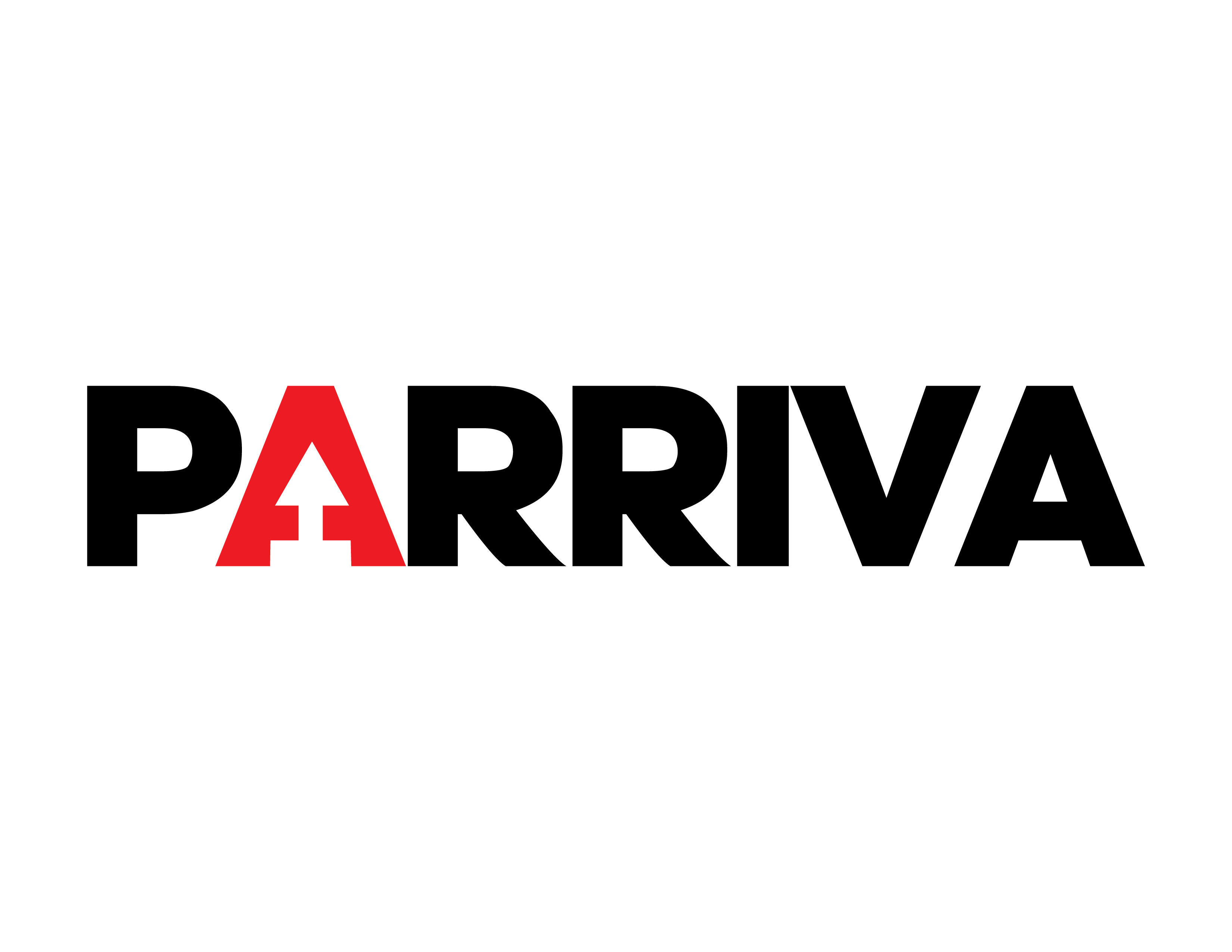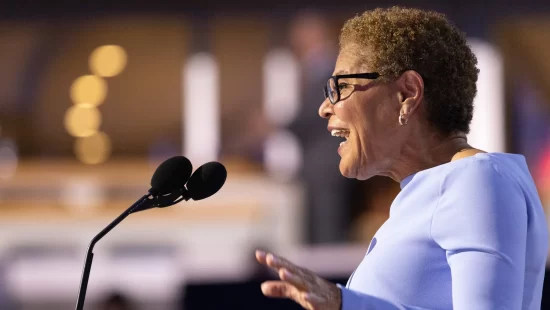Uber is launching a pilot program in the coming weeks that could reshape the ride-sharing experience for many women. The new feature, dubbed “Women Drivers,” will allow female users in Los Angeles, San Francisco, and Detroit to request a female driver or to share rides exclusively with other women. It’s a move aimed at addressing long-standing safety concerns and comfort preferences that have increasingly come to the forefront of the ride-hailing industry.
“Across the U.S., both riders and drivers have told us they want the option to ride with other women,” Uber said in a statement. The company’s decision is backed by years of feedback, data, and a growing body of evidence pointing to the need for gender-based preferences in the ride-share economy.
Women make up about 47% of Uber’s rider base but only 22% of its driver workforce, according to internal Uber data and third-party research from Pew and the National Women’s Law Center. That imbalance has led to a significant unmet demand from both sides: women who would feel safer riding with female drivers, and women who want to drive but are concerned about the risks of picking up male passengers—especially during night shifts or in isolated areas.
A 2022 study by the Urban Institute found that 36% of women reported feeling unsafe during ride-hailing trips at least once, compared to 15% of men. Additionally, ride-share safety has been the subject of high-profile lawsuits and increasing public scrutiny. In 2022 alone, Uber received 3,824 reports of sexual assault, including 141 reports of rape, according to its U.S. Safety Report.
The “Women Drivers” feature will give female riders the ability to select a preference for female drivers in the app settings. While Uber says this won’t guarantee a female driver every time—given the low percentage of women drivers—it will increase the chances significantly. Users will also be able to book rides in advance to better ensure a match.
Meanwhile, women drivers can also choose to activate a “women rider preference,” even during peak earnings hours. Uber says this will not affect driver earnings, though it may influence the volume of available trips.
This mutual opt-in system ensures that both driver and rider are on board, creating a safer and more comfortable space for everyone involved. The feature rollout begins this summer and will serve as a test for broader expansion.
Uber is not the first to introduce gender-based ride preferences. In 2023, Lyft launched Women+ Connect, a feature designed to match female and non-binary drivers with riders of similar gender identities. The program was praised for reducing anxiety among both passengers and drivers and led to a reported 15% increase in the number of women applying to become Lyft drivers in its initial months.
With Uber now stepping into this space, the industry trend is clear: gender-sensitive ride options are no longer a novelty—they’re a necessity.
Beyond safety, the initiative has broader implications for female driver recruitment. Many women are hesitant to drive for Uber due to personal safety concerns, particularly at night or in areas with a high volume of intoxicated passengers. By offering the option to pick up primarily female riders, Uber hopes to grow its female driver base, helping to correct the current gender imbalance in the gig economy.
“This is not just about safety—it’s about access,” said Sabrina Martinez, a rideshare driver and single mother in San Jose. “I’ve always liked the flexibility of Uber, but now I feel like I can finally work the hours I need without worrying as much.”
If successful, Uber’s pilot program could become a permanent feature and expand nationwide. The move reflects growing societal awareness that a one-size-fits-all approach to transportation often fails to meet the needs of women, LGBTQ+ individuals, and other marginalized groups.
In a digital age where convenience meets customization, Uber’s new feature isn’t just a business decision—it’s a reflection of a broader cultural shift toward prioritizing safety, autonomy, and inclusion in everyday services.
Why This Matters
- 1 in 5 Uber drivers in the U.S. are women.
- 36% of women report feeling unsafe during rideshare trips.
- Uber logged 3,824 sexual assault reports in 2022, including 141 rapes.
- Women+ Connect led to a 15% rise in women drivers at Lyft in 2023.
- Female riders will now have the option to match with female drivers and pre-book to increase success.








